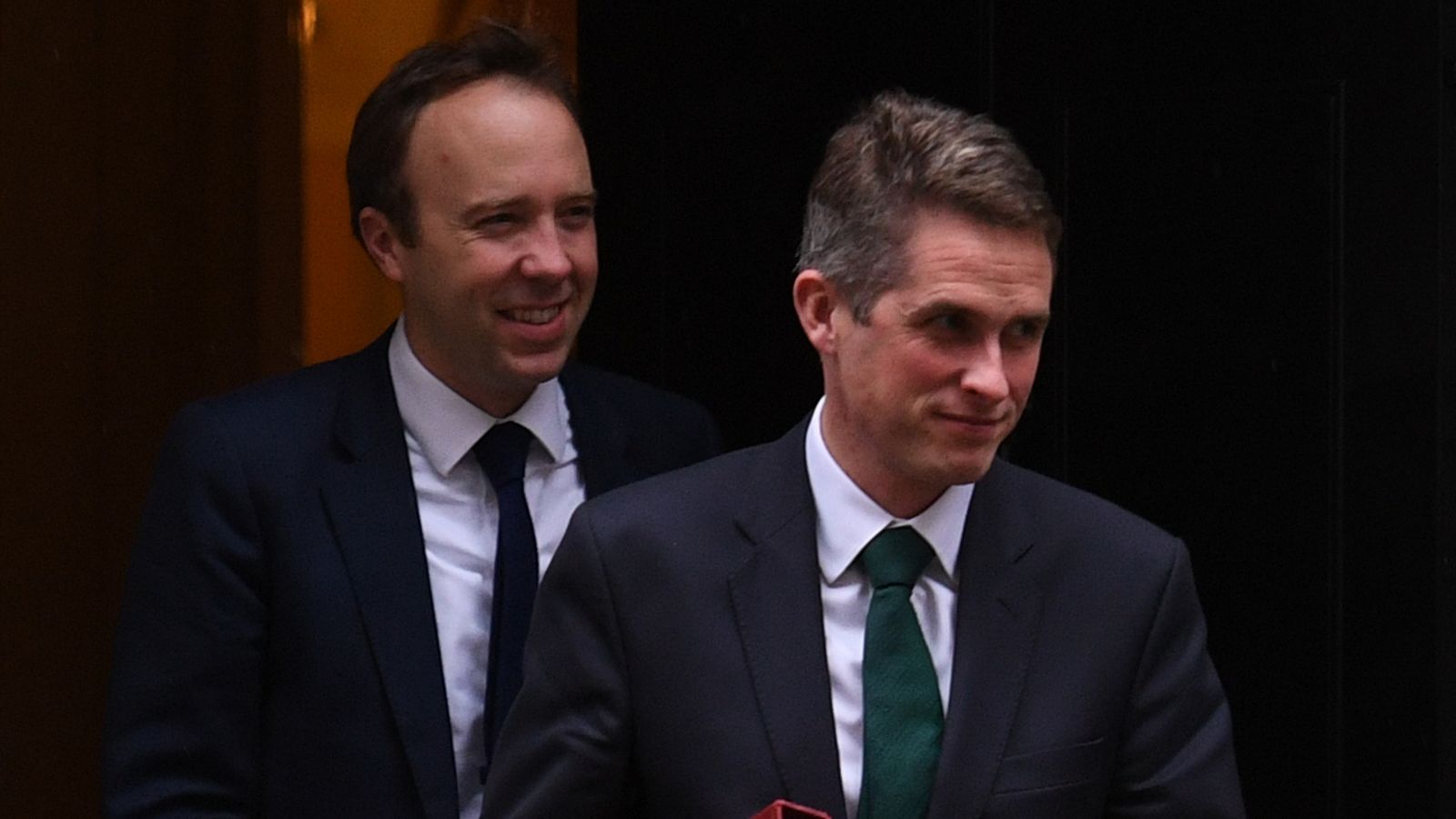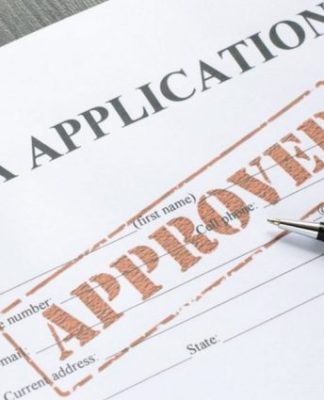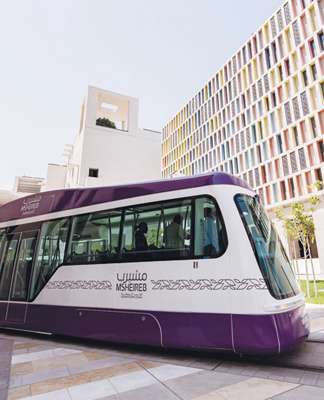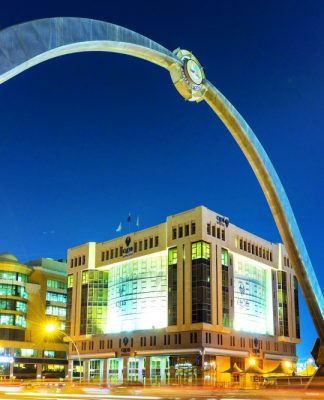Analysis
How much of a difference did school closures make to spread of COVID and impact on NHS?
As early as March 2020, scientists on the government’s SAGE advisory group explained that the risk of COVID to healthy children was low. But they also predicted that kids were as susceptible as adults to infection with COVID and onward transmission of the virus.
Tom Clarke
Science and technology editor @aTomClarke
Wednesday 8 March 2023 14:48, UK
(L-R) Matt Hancock and Gavin Williamson
Image:
(L-R) Matt Hancock and Gavin Williamson
Why you can trust Sky News
The latest dump of WhatsApp messages between ex-health secretary Matt Hancock and former education secretary Sir Gavin Williamson might be shocking in what they reveal about the men’s attitudes to teachers.
But what isn’t surprising, or even that revelatory, is that there was a long-running spat about the benefits of closing schools to control the spread of COVID-19.
For many decisions, the science was abundantly clear.
Politics live: Outrage over minister’s ‘snide’ WhatsApp messages about teachers
Hancock and Oakeshott2:46
Play Video – Hancock rejects COVID test claims
Hancock rejects COVID test claims
Take lockdowns: in the absence of vaccines, and the speed at which COVID was spreading to the over-65s and other vulnerable groups, the March 2020 and January 2021 national lockdowns were the real only option available to ministers.
And here they “followed the science”.
But when it came to children, especially in the school setting, things were always going to be more nuanced.
As early as March 2020, scientists on the government’s SAGE advisory group explained that the risk of COVID to healthy children was low.
They also advised the government on the negative impacts, loss of education, social interaction, and pressure on parents, of taking children out of school.
But they also predicted, correctly as it turns out, that children – particularly those of secondary school age – were as susceptible as adults to infection with COVID and onward transmission of the virus.
This led them to conclude, and continue to advise throughout the early part of the pandemic, that school closures would reduce the R number of COVID – the speed of its spread.
Read More:
Explosive messages lay bare political handling of the pandemic
The key exchanges
‘I broke NDA, but it wasn’t personal’
Geoff Barton reacts to comments allegedly made by former education secretary1:02
Play Video – Alleged comments are ‘pretty squalid’
Alleged comments are ‘pretty squalid’
But with science advice being more equivocal, the ball was in the ministers’ court when it came to coming up with a policy decision.
They could still be “guided by the science” – but the science wasn’t going to make their minds up for them.
Only selected WhatsApp messages have been published in The Daily Telegraph. We can’t rely on them to give us a balanced view of whether ministers got it right.
And when it comes to school closures even the public inquiry might struggle to conclude what the best course of action could have been.
School closures weren’t carried out in a systematic way.
They happened at times when the rest of society was either in lockdown or under another form of restriction. And opportunities like the autumn 2020 “circuit breaker” advised by many SAGE scientists were rejected by ministers.
Only half of the equation
This makes it very difficult for scientists to quantify what difference school closures made to the spread of the virus and the impact on the NHS.
Without that half of the equation, it’s impossible to know if closing schools to slow the virus outweighed the impact it had on the lives and learning of millions of children.
Related Topics
COVID-19
Coronavirus
Gavin Williamson
Matt Hancock






























